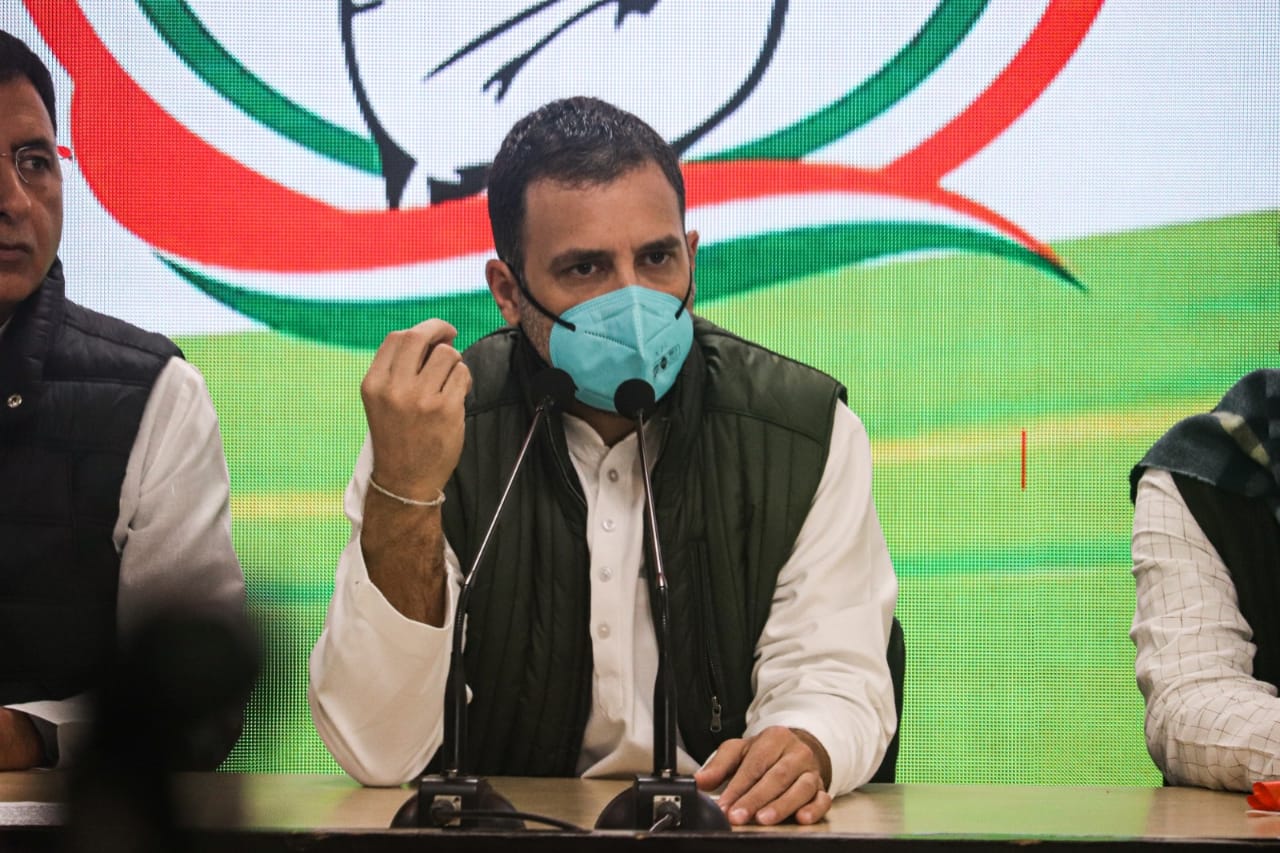

As for throwback hits, Barbra Streisand’s sheer jumpsuit by Arnold Scaasi, worn in 1969, is proof that having fun on the carpet always wins, as does Salma Hayek’s Armani look in 1997, complete with a tiara. In the typhoon of congressional brinkmanship we’ve witnessed this week, one detail caught my eye that could easily have been lost in the gales. Many picks are some of the Oscars’s more unexpected style moments, too: Céline Dion’s backwards Christian Dior tuxedo, Björk’s Marjan Pejoski swan dress, and Cameron Diaz’s slightly boho dress by Emanuel Ungaro Couture, among others. And who could forget Charlize Theron’s glittering Gucci gown from 2004, when she accepted Best Actress for Monster looking the part of a true Hollywood star?

Another standout was Nicole Kidman’s unexpected Balenciaga halter dress with a dramatic bow detail, which she wore in 2007. Actually, we can trace the two parties’ historical backgrounds all the way back to the Founding Fathers. The Republican Party was officially founded in 1854, but the histories of both parties are intrinsically connected. A crowd favorite was Janelle Monáe in a caped Ralph Lauren dress last year, as well as Lupita Nyong’o’s sky-blue Prada gown from 2014, when the actress was nominated for 12 Years a Slave. Founded in 1828, the Democratic Party is the oldest of the two largest U.S. Selected by our editors (past and present), this definitive list of our top Oscar fashion moments revisits many iconic looks. In honor of the grand upcoming event, Vogue is looking back at some of the very best Oscar dresses of all time.
When the party's over grammys code#
Hollywood’s brightest stars are expected to hit a physical red carpet in their most dramatic looks, since stylists often keep their best gowns for last (an official formal dress code was even put into place this year, meaning no glamorous PJs). The 93rd Oscars on April 25 will end this year’s awards season on a high note. 2, 2020.The Academy Awards are one of the most-watched red carpet events in the world (along with the Met Gala, of course). This article was originally published on Sept. Why Do Brits and Americans Spell Words Differently?.People Aren't Smart Enough for Democracy to Flourish, Scientists Say.Where Did 'Separation of Church and State' Come From?.Once these things were in place, a small, hands-off government became better for business. In other words, earlier on, businesses needed things that only a bigger government could provide, such as infrastructure development, a currency and tariffs. "Although the rhetoric and to a degree the policies of the parties do switch places," he wrote, "their core supporters don't - which is to say, the Republicans remain, throughout, the party of bigger businesses it's just that in the earlier era bigger businesses want bigger government and in the later era they don't." Billie Eilish - when the partys over (Live From The Grammys).
When the party's over grammys download#
From this point on, Democrats stuck with this stance - favoring federally funded social programs and benefits - while Republicans were gradually driven to the counterposition of hands-off government.įrom a business perspective, Rauchway pointed out, the loyalties of the parties did not really switch. Download Mp3 New When The Party S Over Billie Eilish, Billie Eilish - when the partys. The admission of new western states to the union in the post-Civil War era created a new voting bloc, and both parties were vying for its attention.ĭemocrats seized upon a way of ingratiating themselves to western voters: Republican federal expansions in the 1860s and 1870s had turned out favorable to big businesses based in the northeast, such as banks, railroads and manufacturers, while small-time farmers like those who had gone west received very little.īoth parties tried to exploit the discontent this generated, by promising the little guy some of the federal help that had previously gone to the business sector. The party's small-government platform cemented in the 1930s with its heated opposition to the New Deal.īut why did Bryan and other turn-of-the-century Democrats start advocating for big government?Īccording to Rauchway, they, like Republicans, were trying to win the West. Only gradually did Republican rhetoric drift to the counterarguments. "Instead, for a couple of decades, both parties are promising an augmented federal government devoted in various ways to the cause of social justice," Rauchway wrote in an archived 2010 blog post for the Chronicles of Higher Education.


 0 kommentar(er)
0 kommentar(er)
